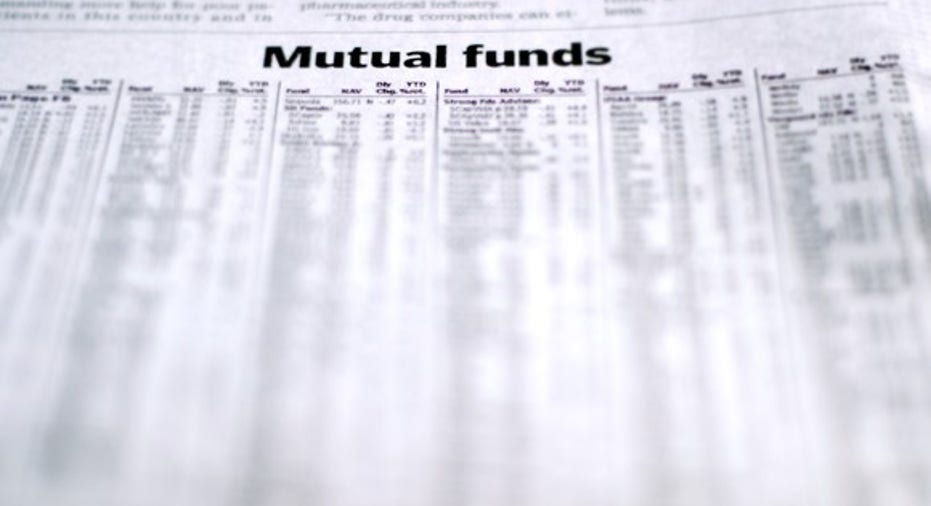What Is a Sales Load?

Steer clear of mutual funds with sales loads. Image source: Getty Images.
Mutual funds can be extremely useful investment vehicles for investors because they let people with relatively modest amounts to invest pool their assets together and have a common fund manager build a diversified portfolio in which they all can participate. However, some mutual funds charge onerous fees, and one fee that you should be least willing to pay is known as a sales load. A load is a fee that the fund charges in order to compensate the professional or institution that sells you shares of the mutual fund, and the fund can charge a load either on the front end upfront when you buy shares or on the back end when you sell them. Either way, the load represents lost money in terms of your investment. With loads that can be as much as 8.5% of the amount you invest, it can take you years to get back to break-even after paying an upfront sales load.
Why some mutual funds charge sales loads
Mutual funds have charged loads for decades, with their origins going back to before deregulation of the brokerage industry. In the past, commissions on stock trades routinely cost hundreds of dollars, and so charging a percentage off the top to buy mutual funds didn't seem as exorbitant by comparison as it does today. Just as stockbrokers would earn a living by collecting commissions on stock trades, the loads that mutual funds charged acted much like a commission, giving brokers a chance to earn money from advising clients to use the funds.
Now, however, there are few reasons to invest in a mutual fund that charges a sales load. For one thing, many no-load mutual funds exist that don't charge loads, and the investments in no-load funds often closely resemble what you'd find in a fund with a load. Also, mutual fund alternatives like exchange-traded funds offer another way to invest without paying a load. Even buying individual stocks is more feasible in an era in which discount brokers give you access to buying and selling shares for minimal commissions.
Know the rules and reduce or eliminate loads
If you insist on buying a mutual fund that charges a load, there are some things you can do to minimize its impact. First, many funds that charge loads reduce the percentage charged if you invest more than a certain amount. For instance, a fund that might charge 5% for a $1,000 investment might charge just 4% on a $25,000 purchase. Some funds even let you aggregate purchases over a period of months for purposes of qualifying for a lower load charge.
In addition, funds that charge back-end loads when you sell shares often reduce or eliminate those fees if you own your shares for a certain number of years. One typical arrangement is for back-end loads to fall by one percentage point per year until they eventually disappear entirely. If you're a long-term investor, that can be your reward for your patience.
Most of the time, however, there's simply no reason to put up with paying a load at all. Keeping every dollar of your investment working for you rather than your broker is essential if you want to earn the best possible returns. Mutual funds that charge loads are relics from a past that no longer makes sense in the modern investing world.
This article is part of The Motley Fool's Knowledge Center, which was created based on the collected wisdom of a fantastic community of investors. We'd love to hear your questions, thoughts, and opinions on the Knowledge Center in general or this page in particular. Your input will help us help the world invest, better! Email us atknowledgecenter@fool.com. Thanks -- and Fool on!
The article What Is a Sales Load? originally appeared on Fool.com.
Try any of our Foolish newsletter services free for 30 days. We Fools may not all hold the same opinions, but we all believe that considering a diverse range of insights makes us better investors. The Motley Fool has a disclosure policy.
Copyright 1995 - 2016 The Motley Fool, LLC. All rights reserved. The Motley Fool has a disclosure policy.



















